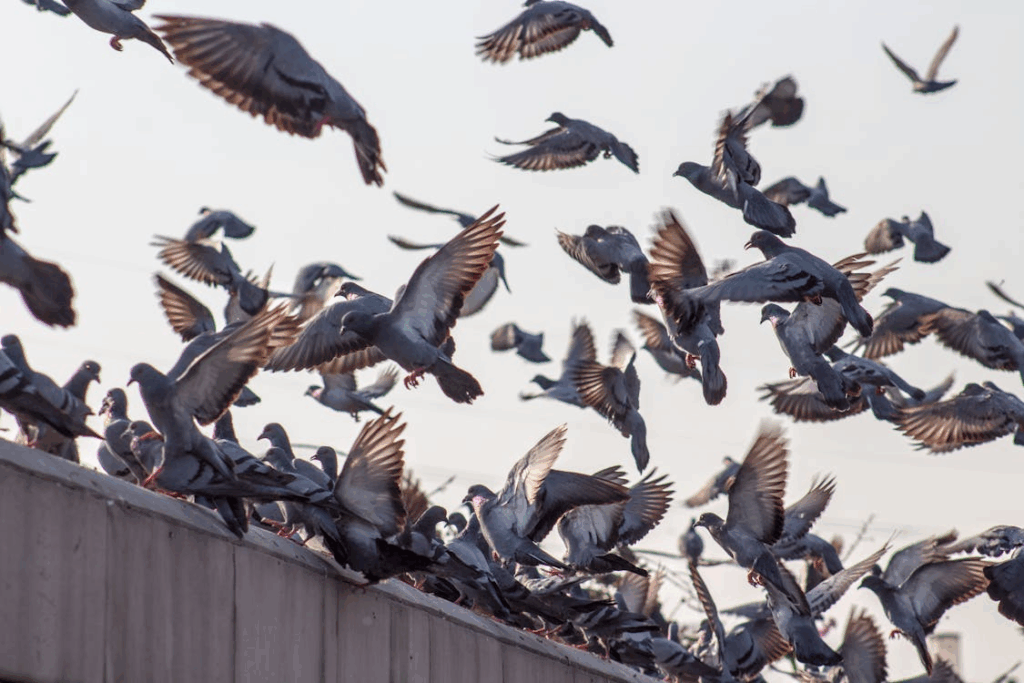When it comes to survival, most creatures need oxygen like humans need coffee. However, nature always has a few rule breakers. Some animals that survive without oxygen have evolved jaw-dropping ways to endure oxygen-deprived environments that would be fatal to almost all other organisms.
Here are ten extraordinary examples of life finding a way when the air runs out.
The Tardigrade: The Ultimate Survivor
Tardigrades, or “water bears,” can survive almost anything: extreme heat, cold, and even the vacuum of space. When oxygen is depleted, they curl into a dormant state called a tun, slowing their metabolism to near zero. In this state, they can survive for decades without air or water.
Check out Animals With Superpowers You Wish You Had for more creatures that bend the rules of biology.
The Goldfish: The Couch Potato of Oxygen Crises
Your humble pet goldfish is secretly a biochemical genius. In low-oxygen water, it switches to producing alcohol instead of lactic acid, preventing toxic buildup. It essentially turns itself into a miniature brewery until normal oxygen levels return.
The Painted Turtle: Winter’s Breath-Holding Champion
During frozen winters, painted turtles burrow into mud at the bottom of ponds where oxygen is nearly absent. Instead of suffocating, they absorb trace amounts through their skin and even their shells. They can last for months this way, an icy form of suspended animation.
The Crucian Carp: The Drunken Cousin of the Goldfish
Closely related to goldfish, crucian carp use the same alcohol-producing trick to survive oxygen-free waters under ice. They’ve been known to go the entire winter in this state, waking up in spring perfectly fine and sober.
Interested in more real-life oddities? See Deep Sea Creatures That Look Like Aliens.
The Naked Mole-Rat: The Mammal That Breathes Like a Plant
This odd-looking underground rodent can live without oxygen for up to 18 minutes. It survives by switching its energy system to one that mimics plants, using fructose instead of glucose to fuel cells. The trick keeps the brain alive when air runs out in its tightly packed tunnels.
The Lungfish: The Original Breath Holder
African lungfish have lungs and gills, but when drought hits and water vanishes, they bury themselves in mud and form a mucus cocoon. They can stay there for years, breathing only once every few minutes, until the rains return.
See Animals That Predict the Weather Better Than Tech for wild forecasts nature gets right.
The Wasp: A Parasite That Puts Itself on Pause
Certain wasps can survive in oxygen-deprived environments by entering diapause, a state of suspended metabolism. This allows them to survive underwater or even inside the bodies of host insects until conditions improve.
The Brine Shrimp: The Sea Monkey That Defies Death
You may know them as “sea monkeys,” but brine shrimp embryos can survive complete oxygen loss for years. They enter a state of metabolic arrest, their cells frozen in time, ready to restart life with just a drop of water and air.
The Killifish Embryo: Born to Wait
In seasonal ponds that dry up, killifish embryos enter a dormant state, shutting down their oxygen use entirely. Months later, when water returns, they “wake up” and continue developing as if no time passed; a built-in pause button for life.
Love clever animals? Read Why Pigeons Are Smarter Than You Think.
The Roundworm: The Underground Sleeper
Certain soil roundworms can survive in oxygen-free mud by drastically slowing their metabolism. Scientists discovered some specimens revived after more than 30 years in permafrost, showing how flexible life’s definition of “alive” can be.
The Bigger Picture
From goldfish and turtles to worms and tardigrades, these oxygen-resilient creatures reveal the extremes of biological ingenuity. Each one rewrites what we think life needs to survive and challenges the limits of biology itself.




